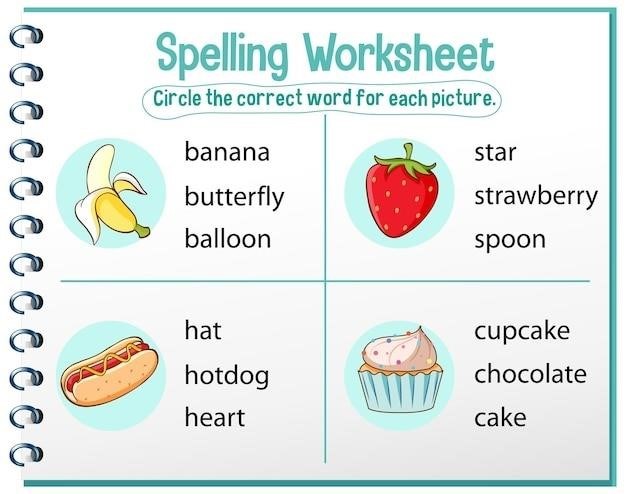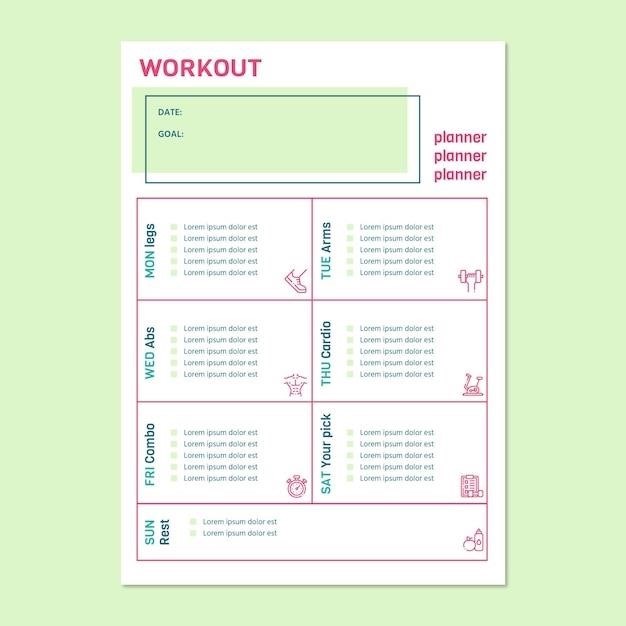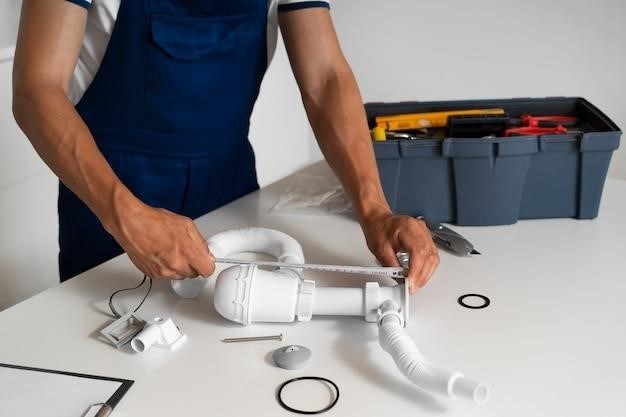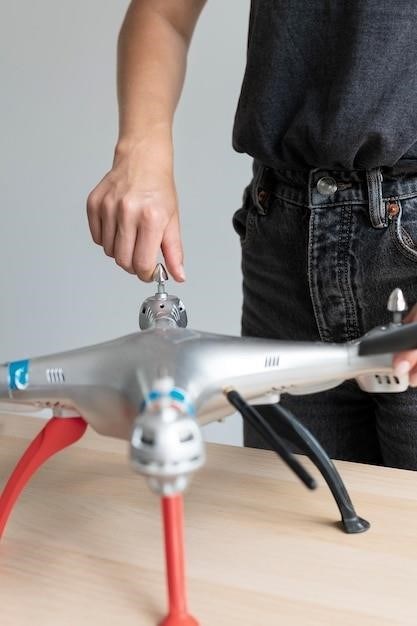wild beyond the witchlight pdf
The Wild Beyond the Witchlight PDF⁚ A Comprehensive Guide
This comprehensive guide delves into the world of “The Wild Beyond the Witchlight,” a Dungeons & Dragons adventure module that whisks players away to the whimsical and enchanting Feywild.
Introduction
Welcome, adventurers, to a realm of enchantment and wonder! “The Wild Beyond the Witchlight” is a Dungeons & Dragons adventure module that transports players to the Feywild, a plane of magic and whimsy. This adventure, designed for characters of levels 1-8, promises a unique and unforgettable experience.
The module’s narrative revolves around a traveling carnival known as the Witchlight Carnival. This magical spectacle, imbued with the magic of the Feywild, offers a tantalizing glimpse into a world of wonder and mystery. The carnival serves as a gateway to Prismeer, a Feywild domain where the players must navigate the capricious nature of the Fey and uncover the secrets that lie hidden within its heart.
Prepare for a captivating journey filled with vibrant characters, challenging encounters, and a touch of whimsical chaos. This guide will provide you with an in-depth exploration of “The Wild Beyond the Witchlight,” offering insights into its setting, key features, notable characters, and gameplay mechanics. Whether you’re a seasoned Dungeon Master or a new player eager to embark on a magical adventure, this guide will serve as your compass through the enchanting realm of “The Wild Beyond the Witchlight.”
What is The Wild Beyond the Witchlight?
“The Wild Beyond the Witchlight” is a Dungeons & Dragons adventure module designed for the 5th edition of the game. It’s a standalone adventure that takes players on a journey into the Feywild, a plane of magic and whimsy that exists alongside the familiar world of the Material Plane. The adventure is known for its whimsical and colorful setting, filled with fantastical creatures and enchanting landscapes.
The module’s narrative is centered around a traveling carnival known as the Witchlight Carnival, a magical spectacle that serves as a gateway to Prismeer, a Feywild domain. The players, drawn to the carnival’s allure, find themselves entangled in the Feywild’s capricious magic and must navigate the whims of the powerful Fey creatures that inhabit this realm.
The adventure offers a unique blend of exploration, roleplaying, and combat, with a focus on storytelling and character development. Players will encounter a diverse cast of characters, both friendly and hostile, and face challenges that test their wit, courage, and creativity. Whether you’re a seasoned Dungeon Master looking for a new adventure or a new player eager to explore the magic of the Feywild, “The Wild Beyond the Witchlight” offers a captivating and unforgettable experience.
Setting⁚ The Feywild
The Feywild is a plane of existence that exists parallel to the Material Plane, a realm of magic, wonder, and capricious whimsy. It’s a place where the laws of nature bend to the will of powerful Fey creatures and where the very landscape can shift and change at a moment’s notice. The Feywild is a realm of vibrant colors, intoxicating scents, and enchanting melodies, where reality itself seems to shimmer and dance.
The Feywild is ruled by the Seelie and Unseelie Courts, two opposing factions that represent the light and dark sides of the Feywild’s nature. The Seelie Court is associated with beauty, grace, and order, while the Unseelie Court embodies chaos, cruelty, and trickery. The Feywild’s inhabitants are as diverse as the realm itself, ranging from benevolent sprites and mischievous pixies to powerful satyrs and enigmatic hags.
The Feywild is a place of both wonder and danger. Its inhabitants are often unpredictable and their motivations are often shrouded in mystery. The very nature of the Feywild can be a challenge to navigate, as its landscapes shift and change, and its magic can be both a boon and a curse. Those who venture into the Feywild must be prepared for the unexpected, for the realm holds secrets and dangers that can only be uncovered through careful observation and a willingness to embrace the unknown.
Key Features of the Adventure
The Wild Beyond the Witchlight is a captivating adventure module that offers a unique blend of whimsical fantasy and thrilling challenges. The adventure is designed for characters of levels 1-8, making it a perfect choice for both new and experienced players. The module features a captivating storyline that revolves around the mysterious Witchlight Carnival, a traveling spectacle that promises wonder and enchantment but also hides secrets and dangers. The module features a diverse cast of characters, including the enigmatic Shax, a mischievous sprite who acts as the carnival’s ringmaster, and the alluring Baba Lysaga, a powerful hag who holds the key to unraveling the module’s mysteries.
The adventure is filled with engaging encounters, from thrilling battles against fearsome creatures to intriguing puzzles and captivating social interactions. The module’s setting, the Feywild, provides a unique and unpredictable backdrop for the adventure, with its shifting landscapes, magical creatures, and capricious rules. The module also includes a variety of optional rules and mechanics, allowing Dungeon Masters to customize the adventure to fit their own preferences and styles. Players can choose from a wide range of backgrounds and character options, each offering unique abilities and perspectives that can shape the course of the adventure.
The Witchlight Carnival
The Witchlight Carnival serves as the gateway to the Feywild, a fantastical realm of wonder and enchantment. This traveling spectacle is led by the mischievous sprite, Shax, who acts as the carnival’s ringmaster, welcoming adventurers with a captivating blend of allure and mystery. The carnival is a vibrant tapestry of sights and sounds, featuring a mesmerizing array of attractions, from dazzling illusions and thrilling games to tantalizing food and drink. But beneath the veneer of merriment, the Witchlight Carnival hides secrets and dangers that only those who dare to delve deeper can uncover.
The carnival’s attractions are as varied as the creatures that inhabit the Feywild. Here, players can test their skills and luck at games of chance, marvel at the captivating illusions, and enjoy the culinary delights offered by the carnival’s vendors. The carnival’s atmosphere is one of whimsical charm, where the impossible seems possible, and reality bends to the whims of the Feywild. But be warned, the carnival holds secrets, and those who delve too deeply may find themselves entangled in a web of intrigue and danger.
Prismeer⁚ The Feywild Domain
Prismeer, a captivating domain within the Feywild, is a place where dreams and reality intertwine. This enchanting realm is a testament to the capricious nature of the Feywild, where landscapes shift and change, mirroring the desires and fears of those who enter. Lush forests, vibrant meadows, and shimmering rivers paint a picturesque backdrop, while towering castles and quaint villages add a touch of whimsical grandeur. The domain’s magic permeates every aspect of Prismeer, lending a vibrant energy that can be both exhilarating and unsettling.
Prismeer is a place of both beauty and danger, where the power of wishes and dreams can be both a blessing and a curse. The domain is ruled by the enigmatic “The Whispering Queen,” a powerful fey being who embodies the capricious nature of the Feywild. Her influence shapes the very fabric of Prismeer, making it a place where anything seems possible, but where the consequences of one’s actions can be unpredictable. The Whispering Queen’s presence adds a layer of mystery and intrigue to the domain, making it a place that both attracts and repels adventurers seeking to uncover its secrets.
Notable Characters and Creatures
The Wild Beyond the Witchlight is populated by a cast of memorable characters and creatures, each adding their own unique flavor to the adventure. From the enigmatic “The Whispering Queen,” ruler of Prismeer, to the mischievous sprites of the Witchlight Carnival, these individuals and beings play pivotal roles in shaping the narrative and challenging the adventurers. The carnival itself is a vibrant hub of activity, teeming with eccentric performers, quirky merchants, and curious creatures, all contributing to the carnival’s whimsical atmosphere.
Beyond the carnival, the Feywild is home to a diverse array of creatures, both friendly and formidable. From the playful and mischievous pixies to the powerful and enigmatic “The Whispering Queen,” these beings offer a diverse range of encounters, challenges, and opportunities for players to interact with the Feywild’s unique ecosystem. The adventure also introduces a variety of new creatures, including the “Witchlight Sprites,” guardians of the carnival, and the “Feywild Beasts,” powerful creatures that roam the domain. These unique creatures add a sense of wonder and danger to the exploration of the Feywild, challenging players to adapt to the unpredictable nature of this magical realm.
Gameplay Mechanics and Challenges
The Wild Beyond the Witchlight introduces a variety of gameplay mechanics and challenges designed to enhance the immersive experience of the Feywild. The adventure utilizes a unique “Feywild Magic” system, incorporating elements of enchantment, illusion, and the unpredictable nature of the Feywild, adding a layer of uncertainty and intrigue to encounters. The module also features a “Witchlight Carnival” system that emphasizes the carnival’s whimsical atmosphere, introducing unique challenges and opportunities for players to interact with the carnival’s various attractions and performers.
The adventure presents a range of challenges that test the players’ creativity, resourcefulness, and ability to navigate the Feywild’s unpredictable nature. These challenges can range from deciphering riddles and illusions to facing off against powerful creatures and negotiating with mischievous sprites. The Wild Beyond the Witchlight encourages players to embrace the unpredictable and embrace the whimsical nature of the Feywild, rewarding those who approach the adventure with an open mind and a willingness to embrace the unexpected.
Where to Find the PDF

While a standalone PDF version of “The Wild Beyond the Witchlight” is not officially available for purchase, there are various avenues to access the adventure’s content in digital formats. One option is through the Dungeons & Dragons Beyond platform, where players can purchase the adventure and access its digital content. D&D Beyond offers a comprehensive digital experience, allowing players to browse the adventure’s content, track their progress, and utilize digital tools for gameplay. Another option is to explore online resources and communities where individuals may share PDFs of the adventure, although accessing such content through unofficial channels should be done with caution and respect for copyright regulations.
For those seeking physical copies, “The Wild Beyond the Witchlight” is available in both hardcover and softcover formats at major retailers and online marketplaces. The physical copies offer a traditional reading experience and can serve as a valuable resource for game masters and players alike. Ultimately, the best way to obtain “The Wild Beyond the Witchlight” depends on individual preferences and access to digital platforms and physical retailers.
The Wild Beyond the Witchlight in Digital Formats
While a standalone PDF of “The Wild Beyond the Witchlight” isn’t officially sold, there are ways to access the adventure digitally. One option is through Dungeons & Dragons Beyond, a platform where players can purchase the adventure and access its digital content. This provides a comprehensive digital experience, allowing players to browse the adventure’s content, track their progress, and utilize digital tools for gameplay. Another avenue is to explore online resources and communities where individuals may share PDFs of the adventure. However, accessing such content through unofficial channels should be done with caution and respect for copyright regulations.
For those seeking a more interactive digital experience, Foundry VTT, a virtual tabletop platform, offers a module specifically designed for “The Wild Beyond the Witchlight.” This module provides additional content, such as pre-made tokens, maps, and other resources that enhance the digital gameplay experience. Whether through D&D Beyond, online communities, or Foundry VTT, “The Wild Beyond the Witchlight” offers a variety of digital formats to suit the preferences of players and game masters.
“The Wild Beyond the Witchlight” is a captivating adventure module that immerses players in a realm of wonder, whimsy, and danger. Whether exploring the vibrant Witchlight Carnival or venturing into the enigmatic domain of Prismeer, players encounter a cast of memorable characters, face intriguing challenges, and unravel the mysteries of the Feywild. While the adventure is primarily designed for characters of levels 1-8, its adaptable nature allows for adjustments to suit a wider range of player levels.
The combination of captivating storyline, engaging characters, and unique setting makes “The Wild Beyond the Witchlight” a standout adventure for Dungeons & Dragons players seeking a departure from the traditional fantasy setting. With its digital accessibility through platforms like D&D Beyond and Foundry VTT, the adventure caters to modern gaming preferences while retaining the core elements of classic tabletop RPGs. Whether experiencing it through traditional paper-and-pencil gameplay or embracing the digital format, “The Wild Beyond the Witchlight” promises an unforgettable journey into the heart of the Feywild.













